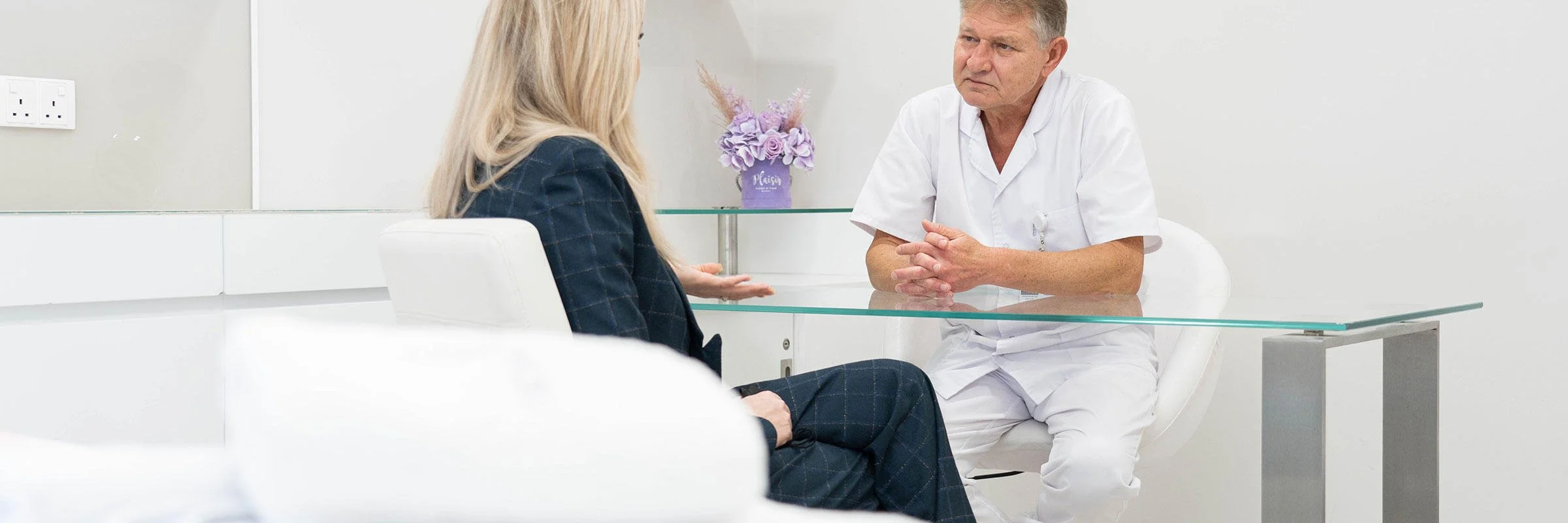| Is it painful? | Mildly uncomfortable |
| Is there any downtime? | Possibility of bruising after injection |
| How many sessions are needed? | Usually 2-3 sessions |
| How long does the procedure take? | Around 60 minutes |
| When can I see the results? | Right away with constant improvement over the period of 4 weeks |
| How often should I do it? | Every month |
WHAT ARE VARICOSE VEINS AND WHAT CAUSES THEM?
Varicose veins are veins that grow larger than normal and become visible on the skin. They get filled with blood and can be very uncomfortable or painful. They can appear on all areas of the body but usually, they develop on legs, feet, arms, hands and ankles.
They are caused when veins get weaker or don’t function properly and don’t move the blood up to the heart but collect it in the lower and upper extremities. This collected blood pressures the vein and makes it grow bigger and bigger until it finally sticks out of the skin.
Some risks can contribute to the development of varicose veins like pregnancy, obesity or standing long. The varicose veins can also be developed because of genetic predisposition.
BENEFITS OF SCLEROTHERAPY FOR THE BODY TREATMENT
The treatment is safe, simple and minimally invasive. It helps patients eliminate their unsightly varicose veins because of aesthetic reasons and leaves their legs with clear and smooth skin.
It has another benefit – it can reduce unpleasant physical symptoms like cramps, pain or aching. The treatment improves patients’ blood flow and their legs don’t feel as heavy when standing for a longer time.
It is a very precise treatment and it doesn’t harm the surrounding tissue. Sclerotherapy can be performed with the help of ultrasound scanning which makes it even more precise.
The treated varicose or spider veins are long termly eliminated which makes this treatment highly effective.
Sclerotherapy treatment is an excellent choice for patients who wish to avoid surgery and a longer recovery period.





